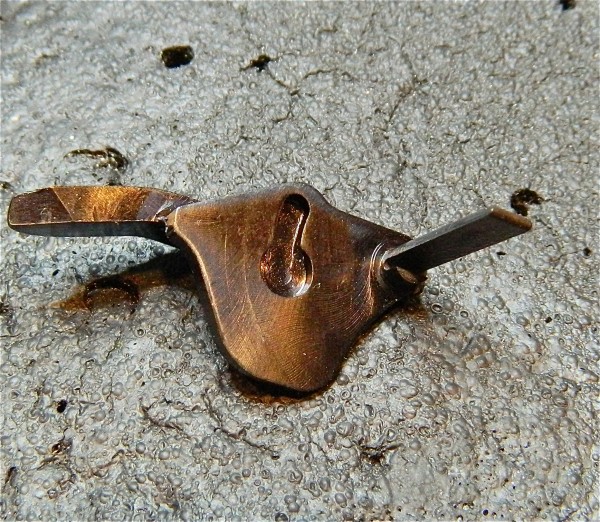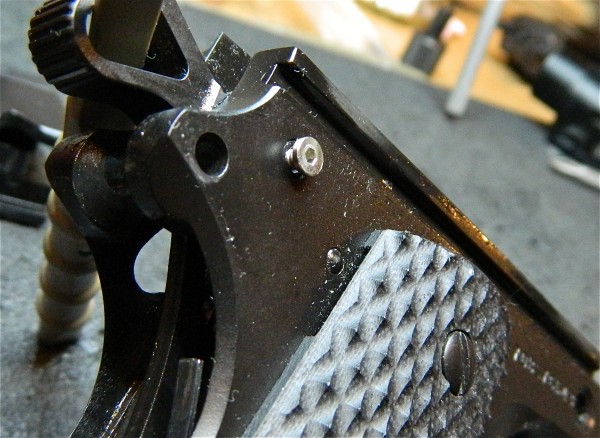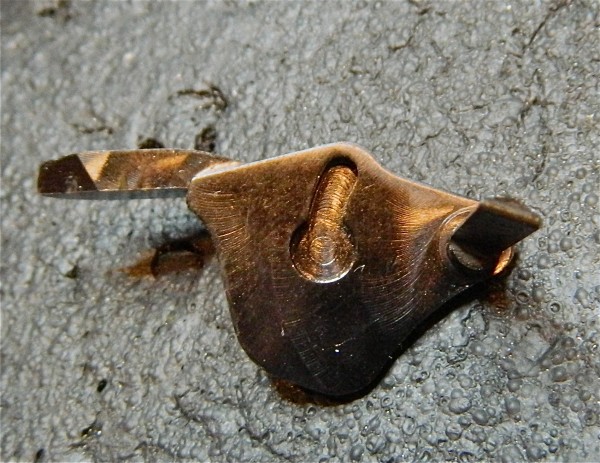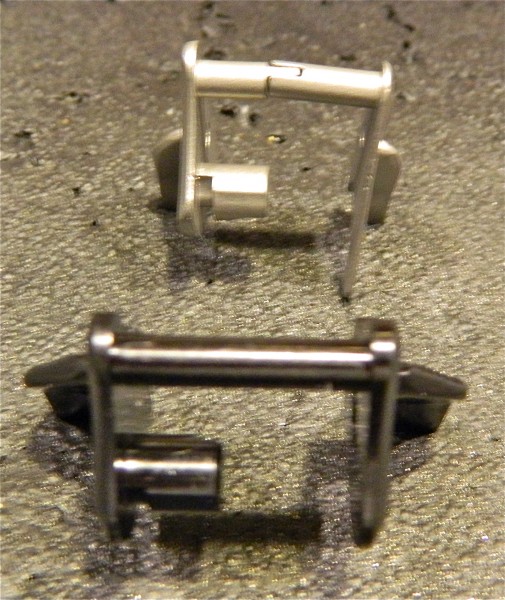
The design of this safety from Wilson Combat just might make having a working and reliable ambi-safety a real possibility.
I am sort of a sucker for the 1911 and whenever a new part or an attempt at a new design comes out I find myself having to try it. It was no different when I aw that the engineers at Wilson Combat had come up with a new ambidextrous thumb safety. I quickly ordered one and 8 long days later the box arrived. Now, I know you’re saying to yourself what is so different and what in the world would make this particular part worth $142.95. Well I asked myself that same question and the answer was if it is a ambidextrous 1911 thumb safety that actually works, then I am on board.
Wilson offers a few models using the same design. The one I have is the model 620BP. It is a blue, wide lever, bulletproof part They also offer it in stainless and with tactical levers as well. All are based on the same design whereas the hammer pin is replaced with a new style pin and a machine screw combination. The machine screw is screwed in place during the fitting allowing the slave side of the lever to remain tight to the frame. I believe this will also eliminate that old problem of the pin style safeties where the pin wears over time and the slave lever becomes loose. The opposite side of the hammer pin has a flat head screw slot but I found there was no need to use it since the machine screw threaded in very easily. I would have liked to have seen a hex head wrench for the tiny hex head on the machine screw, but I found a suitable alternative on the end of an old sight tool from some company or another.

The design of the axel and the hex head screw help hold this safety firmly in place while allowing it to track very reliably between right and left side operation.
What truly sets this safety apart from the others is the way the axel is designed. Older style designs use a “tab A into Slot B” mentality that has never really held up entirely well. This new design is all about creating solid surface contact. The tab and slot system still exists but it is doubled on each side of the axel. The axel shafts protrude from both sides and are half circles designed to meet when they are assembled in the pistol. All in all it makes for a very strong design. Only time will tell how well these will hold up, but based on what I have seen so far they are bound to do better than their predecessors.

The hammer pin is threaded which allows the slave side lever to be fit precisely to the gun using the hex head screw while leaving room for adjustment as the gun wears.
Fit was an easy as one would expect form a high quality part. A few passes with a file followed by a light touch up with a stone and it was ready to assemble. Setting the hex head screw in place and getting it tightened to the correct level took a little trial and error. Once I found that location I slide the slave side of the safety into the gun and through the grip safety. Sliding the lever over the screw head and rotating it onto the keyway cut into the back of the safety accomplish the final connection on the right side. The control side of the safety is now slid into place and you are done.

The machine screw on the hammer pin fits nicely into the retention notch on the safety. Note the shape of the axel and how each side slots into the other making for a very strong connection.
I did not have any trouble fitting the safety, as it was nearly a drop in part. The levers clear the grips nicely. I’ll likely order another safety with tactical levers for my carry gun. The wide levers will be excellent for an open carry or competition gun. I have to say that I am optimistic. I do believe it is necessary to have ambidextrous controls on a fighting gun whenever possible. Perhaps this will enable the 1911 to be closer to that goal for me.




That is clever. But, and I know I sound like a broken record, with a price over $100 private export is a no-go…
(I don’t even want to imagine what it will cost over here – the WC 192BP is USD $306.36 from Midway over here.)
That sure looks like a big improvement over the original Swenson style of ambi safety! As a lefty carring 1911s in LE duty, I required an ambi safety, but never was completely confident in the designs I saw. The parts were checked a minimum of once a week for function and “walking”. I hope this part actually solves the problems and nagging doubts about an ambi safety on a 1911 duty/carry pistol.
And Scott, not to be too critical, but the shaft of the part is an “AXLE”, not “AXEL”, who is that dude in the Guns and Roses band!
Axel is also the guy in Beverly Hills Cop.
Axel Foley is his name, asshattery’s the game!
As a lefty, the olders designs always became a problem over time. I have been using one of the tactical versions on my Les Baer for the past two years and could not be happier. It has become a must have upgrade on all my 1911’s. I have been waiting for Wilson to release the wide lever version so I can put it on my competion gun.
I’ve been using the Wilson Bulletproof Ambi safety in my primary 1911 since just after it was introduced, and could not be happier. As a VERY right handed shooter, I never felt the need to reduce reliability with an ambi safety in a 1911. The Wilson BP is the first ambi unit that I had enough confidence in to decide it was worth installing. So far it has been a very good addition with no issues at all in reliability or performance.